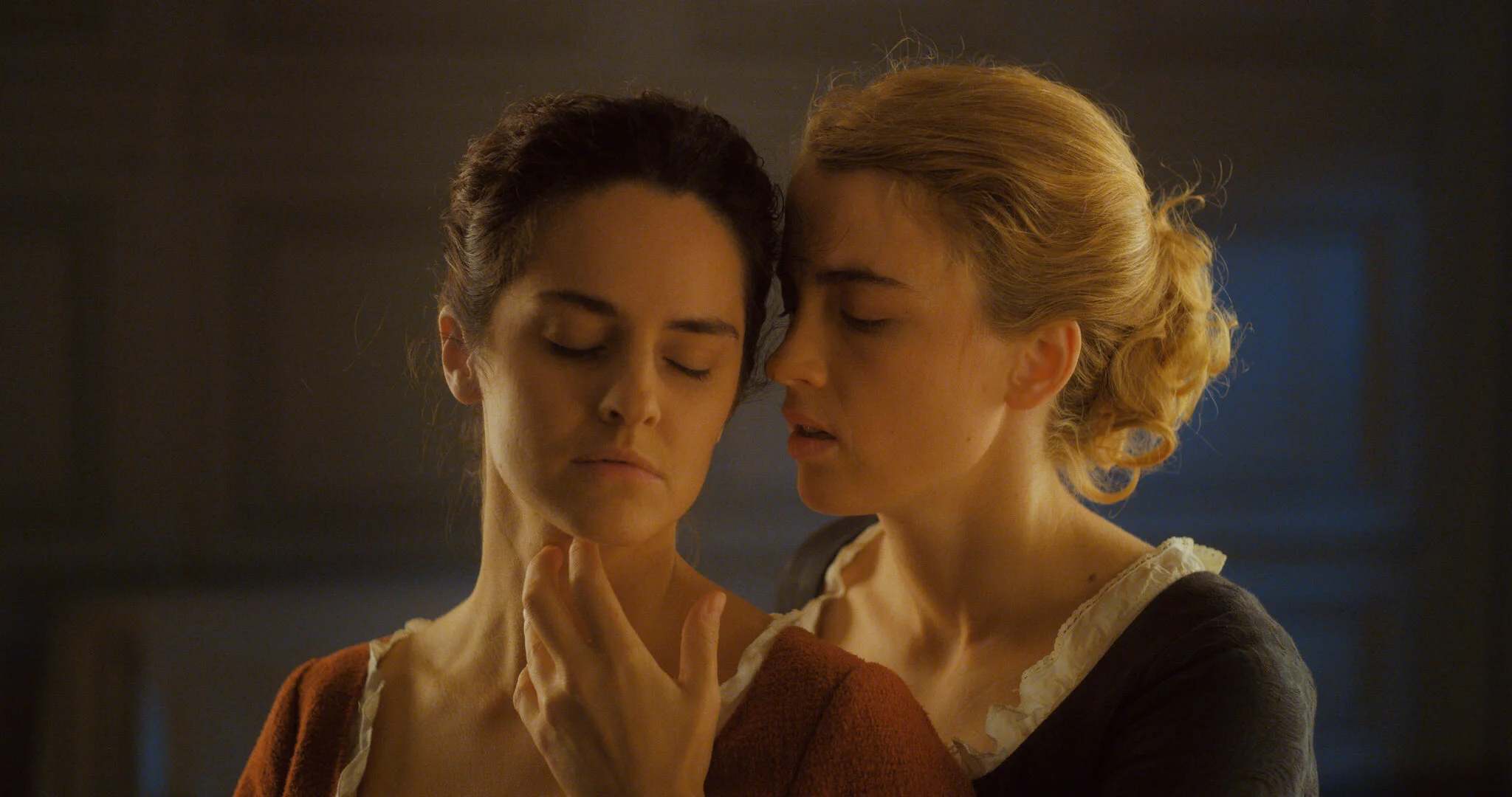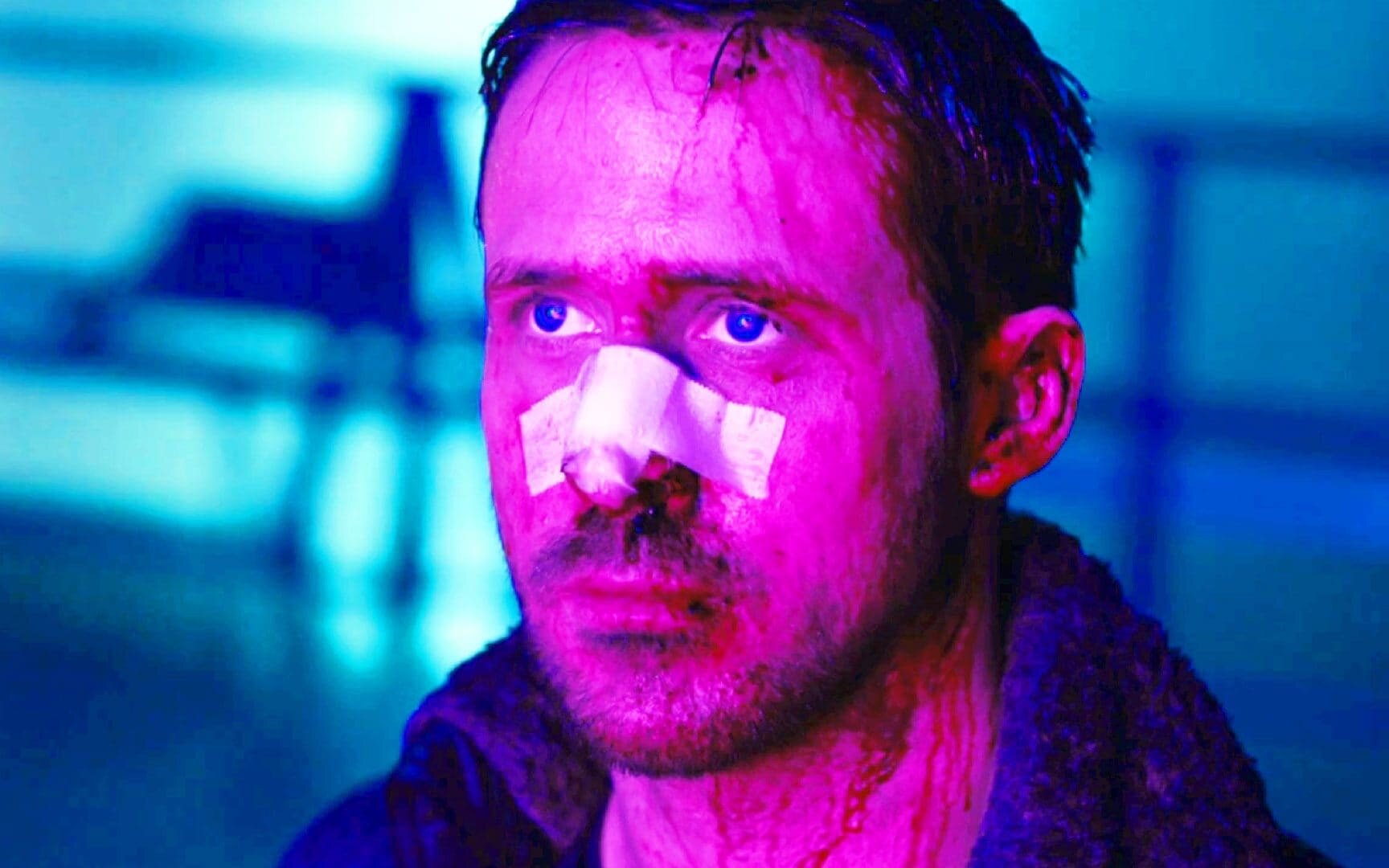A24: Why is it Important?
By: Keaton Marcus
PREFACE:
I know there has been plenty of essays on this increasingly popular studio, but this has always been a passion project of sorts for me since I started watching their films. A24 is, to many people, the most significant studio of all time, full of original and versatile content blowing a hole in the age of superhero box office hits. At the moment, however, there's also a good amount of naysayers. Although everyone is entitled to their own opinion, I have come here today to explain why I believe this studio is incredibly essential in the future of filmmaking through various genres.
ARTHOUSE FOR THE MAINSTREAM:
When the general moviegoer thinks about the word "arthouse," it immediately carries a negative connotation. Unfortunately, this word blocks them from a whole other world of great cinema. The arthouse genre's content isn't simply A24, but it's also with Ingmar Bergman, Martin Scorsese, and the majority of top directors out there. But what if there was a solution to all of this? What if a studio or filmmaker were to bring these smaller, independent projects and show them to more mainstream moviegoers? Could it save them from only watching Marvel films? The thing is, A24 is more or less the perfect stepping stone for more mainstream audiences to discover new experiences in cinema. I'm not only referring to watching this studio but many others that make completely original content bereft of the corporate stamp on so many films today. I am in no way suggesting that everyone should flock and watch lesser-known movies, but if one is interested in getting into this type of cinema without knowing where to start, this could be the key. It's principally the entrance unlocking the doors into the further depths of the world of movies, and you will not regret it. That said, the majority of A24 films are of a high standard.
THE VERSATILITY:
One of the highest praises I can award A24 is the fact that their contact is constantly changing with several different genres in the mixture. In a moviemaking world today where directors desperately scramble for new ideas and creativity, these people have succeeded. The disturbing horror of Midsommar, The Green Room, It Comes at Night, The Witch, The Lighthouse, and Hereditary, among likely many more, have succeeded critically and financially. But it isn't the only horror. They have also absolutely nailed the coming-of-age genre with movies such as Moonlight, Eighth Grade, Lady Bird, The Florida Project, and Waves. Five substantially acclaimed films, one after the other. If one can believe it, this studio has also distributed several comedies. Although more hit-or-miss, we cannot simply forget The Farewell, Under the Silver Lake (an absolute masterpiece), and The Disaster Artist. On the Rocks and The Bling Ring are two we don't talk about frequently. We have seen the depressing and intense drama of Room, A Ghost Story, and First Reformed coupled with the intensity and thrills of Good Time, Uncut Gems, Ex Machina, and Locke. Overall, it is awe-inspiring that we have this line-up of various projects with practically every primary genre. There is something for everyone, and with several overlappings, it's challenging to find one that will not interest you.
COMPLETE ARTISTIC CONTROL:
Unfortunately, the biggest and most mainstream studios at the moment can generally be named Disney, Universal, 20th Century Fox, and more than plop out several box office hits a year. Of course, this is changing with a Coronavirus marketplace, but that isn't my point. What I am explaining here is that A24 doesn't come up with their movies in a meeting. They don't have a planned-out cinematic universe that mindlessly follows the timeline until the end. Sequels have never happened. It's simply utter, beautiful creative control that lets the artists envision their idea and enact it no matter what insanity they end up producing. The studio censors nothing, and it sets a high bar for the future of filmmaking. However, this year, with Zack Snyder's Justice League, a massive superhero franchise legitimately let one of their filmmakers create a film entirely to his liking. Surprise, surprise, it was an enormous success with the fans. This is the general formula to what makes A24's movies so attractive, even if they aren't up to the usual standard. You're at least thinking about the fact that studios haven't slapped the corporate stamp of unoriginality onto this one.
GROWING AUDIENCE IN A DIFFERENT AGE:
Cinema isn't necessarily dying. Even if all moviegoers hate to admit it, however, the concept is undoubtedly getting weaker by the release. A24, no matter what some may think of it, is an assured beacon of hope in a void of darkness and box office hits. Quantity is being favored over quality too consistently that it's hurting my brain, and filmmaking is becoming bereft of originality. This studio, against all odds, has been growing a niche of a solid audience that helps it survive. They never break any records in ticket sales, but they almost always profit because of their minimal budgets. To many folks, including me, this is the perfect combination of quantity and quality, a balance that has become hard to discover. I am not saying that this one studio is the messiah of future filmmaking, but if we are talking about perhaps two films a year of consistently strong quality (most of the time), it should get held on a reasonably high shelf.
A BRIGHT FUTURE FOR HORROR:
Although A24 is revolutionizing several genres, I wanted to talk about a specific one that they seem to be harboring. Horror. Generally speaking, in the last two decades, modern horror films tend to suck. Hell-bent on milking as much money as possible, studios have wholly torn the genre apart. Don't get me wrong; there have been good ones not from A24, such as The Babadook, the first two Conjuring movies, Goodnight Mommy, The Cabin in the Woods, among several more, but the most significant ones of the 2010s have come from this magical studio. Robert Eggers first took the genre by storm in 2015 with his stunning debut, The Witch, and mashed horror with a dwindling family's dynamics. In a similar fashion but with original circumstances, Ari Aster made Hereditary in 2018. Imagine The Exorcist, but infinitely more visually deep, with smarter screenwriting and tighter scares. All while it creates compelling, well-acted family drama. Other significant releases included Eggers' second masterpiece, The Lighthouse, and Aster's magnificent follow-up Midsommar. Both have a slight edge of quality over their predecessors. That's how damn impressive this studio has been with horror. We should not forget lesser-known ones, including Enemy, The Green Room, Under the Silver Lake, Under the Skin, High Life, Climax, and more. All of which is, to an extent, relatively acclaimed.
CONCLUSION:
As some readers may have noticed, I have a passionate love for most films I have watched from this studio. Most notably Midsommar, Moonlight, Ex Machina, and The Witch. It's so complicated to have such a track record as A24's, and even the haters have to give them credit. They have single-handedly brought arthouse cinema to the mainstream (more-or-less), let their filmmakers have control of their work, revolutionized the genre of horror, and grew a unique niche audience in this brutal age. Upcoming projects such as Zola, The Green Knight, and Disappointment Blvd. look extremely promising as well. So, overall, here's to A24, my favorite studio and the producer of many in my top 50 of all-time!























